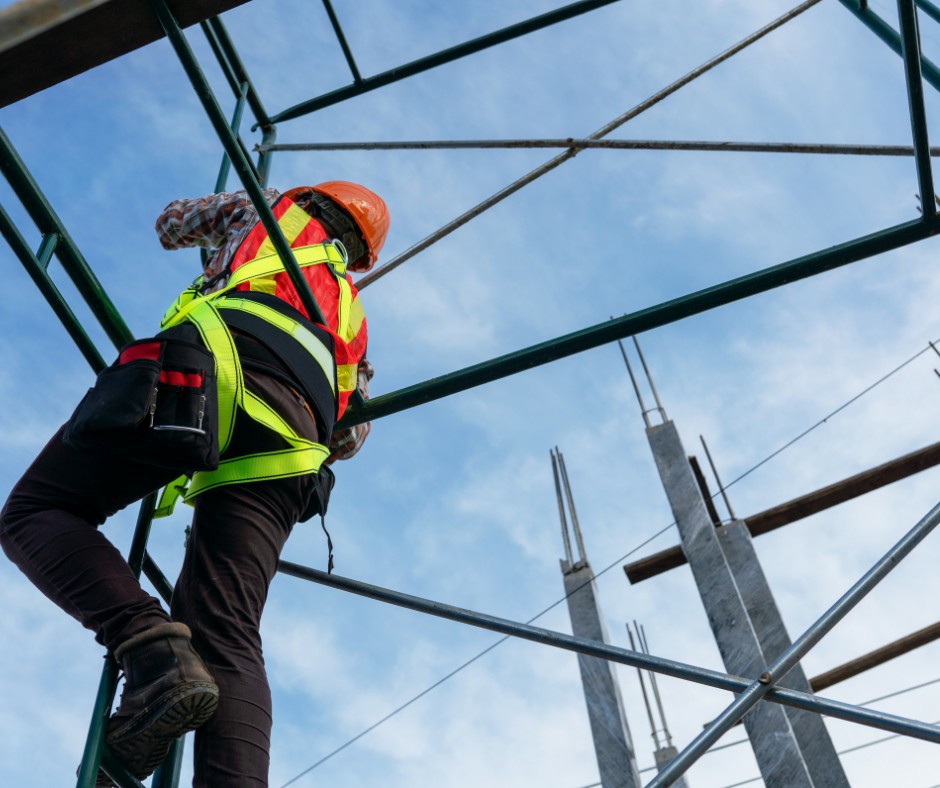


 349,500 Offered Certificates
349,500 Offered Certificates
 24/7 Online Training
24/7 Online Training
 Money Back Guarantee
Money Back Guarantee
 Fully Accredited Courses
Fully Accredited Courses

Created at: 22-02-2025 17:14
Working at heights presents significant risks that can lead to severe accidents if safety measures aren’t meticulously followed. An essential component of ensuring safety in these high-risk environments is effective communication. From construction sites to maintenance work, clear and direct communication can mean the difference between safety and disaster.
In high-risk workplaces, miscommunication or lack of communication can result in fatal accidents. Clear, effective communication is vital to:
Poor communication can lead to misinterpretations of safety guidance, resulting in risky behaviors. For example, if a worker is unsure about a safety protocol due to unclear instructions, they might neglect necessary precautions. This risk emphasizes the vital need for well-defined communication strategies in the workplace.
To improve safety in working at heights, organizations should implement several best practices:
Verbal communication should be straightforward and concise. Supervisors should provide clear instructions before any height-related task begins. Consider the following tips:
Establishing standardized hand signals can improve non-verbal communication, especially in noisy environments. This approach helps workers communicate without being heard and can be vital when operating machinery. Some examples include:
Effective teamwork is essential in high-risk scenarios. Team members should understand each other’s roles and how they interconnect with safety measures. To enhance teamwork:
In any working environment, it’s imperative to have clear emergency signaling protocols. These protocols should be practiced regularly to guarantee that all workers know how to respond in case of an emergency. Key strategies include:
Case studies have shown the positive impact of effective communication on workplace safety. For example, a construction site in Dublin reduced its incident rate by implementing regular safety briefing sessions that included discussions about communication protocols.
Another project in Galway emphasized the importance of hand signals, which significantly decreased misunderstandings among workers. Such examples underline the effectiveness of strong communication in preventing accidents.
Organizations must prioritize effective communication through training programs. A Working at Heights Training program not only covers safety protocols but also emphasizes communication strategies among workers and supervisors. Certifications are available for teams seeking to enhance their skills in height safety, ensuring everyone understands the critical role communication plays.
In the realm of Working at Heights, safety cannot be taken for granted. Effective communication—through clear verbal and non-verbal instructions, team coordination, and emergency signaling—serves as a cornerstone for accident prevention. Businesses must invest in robust training programs and establish a culture of open communication to protect their workforce. For more information about **Working at Heights Certification** and training, reach out to us at [email protected].